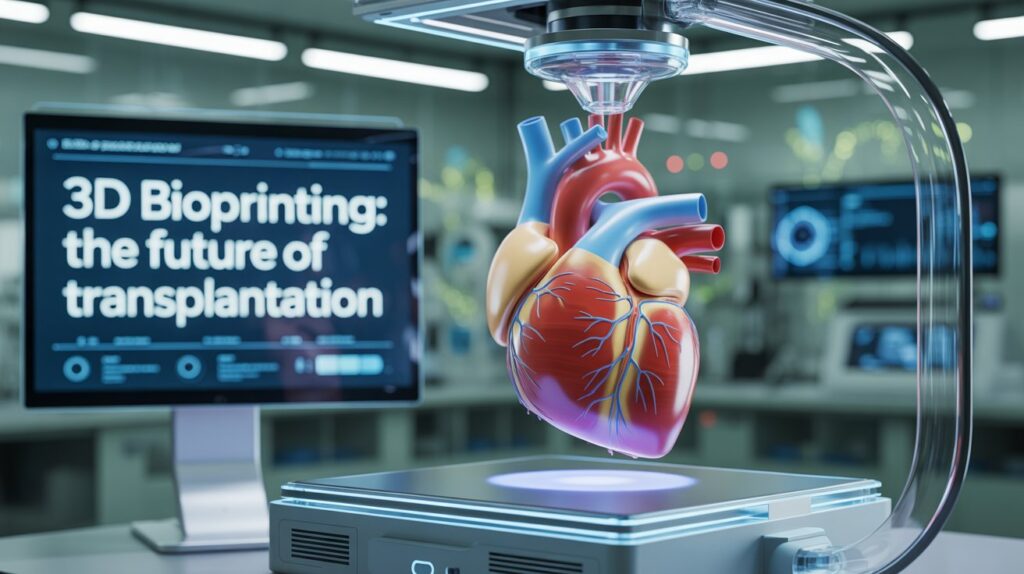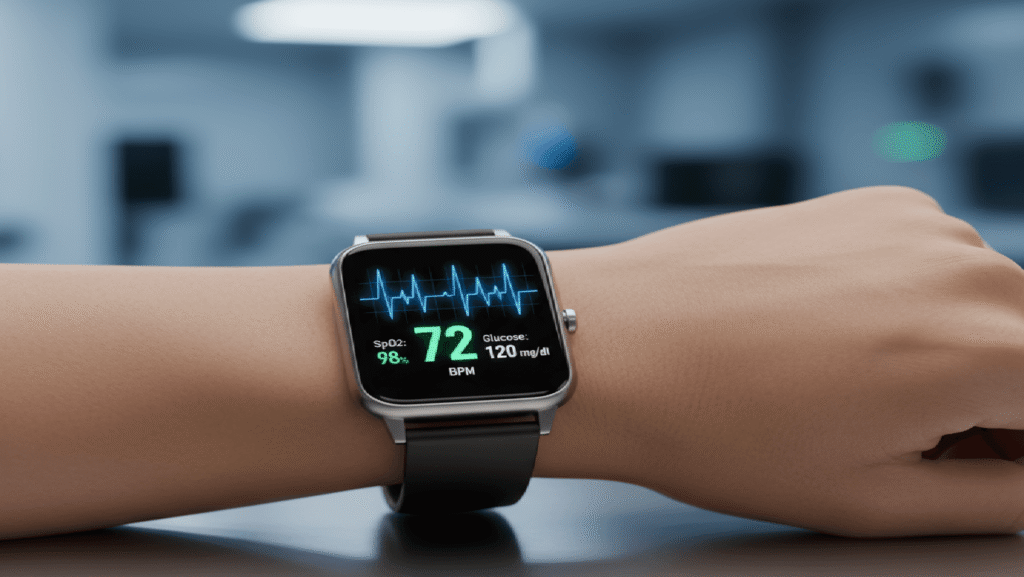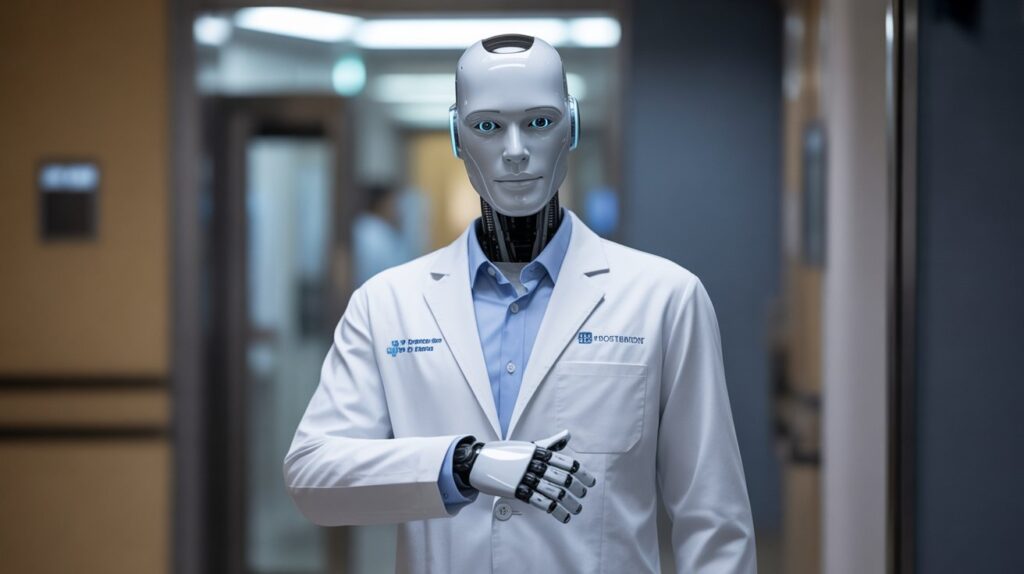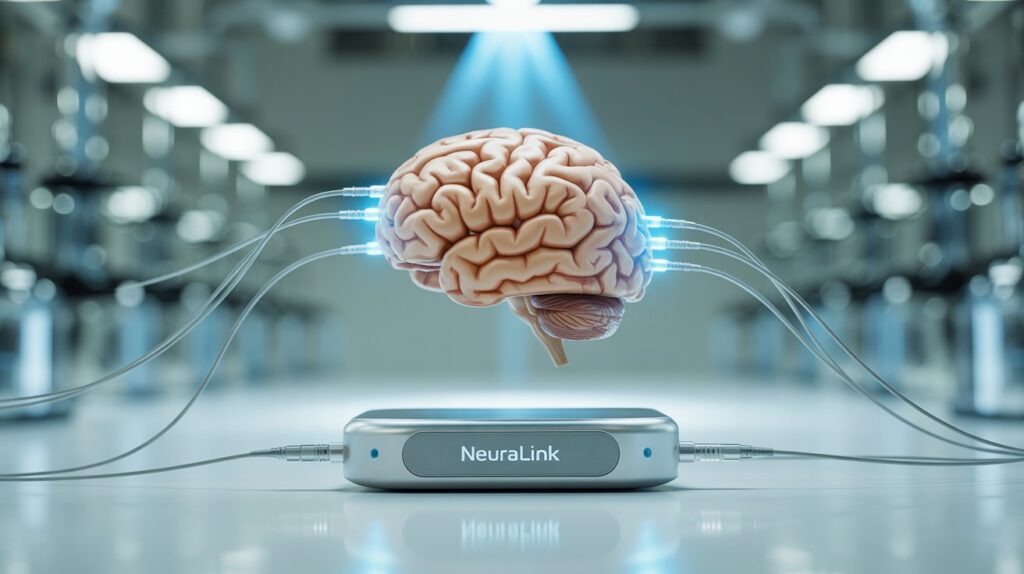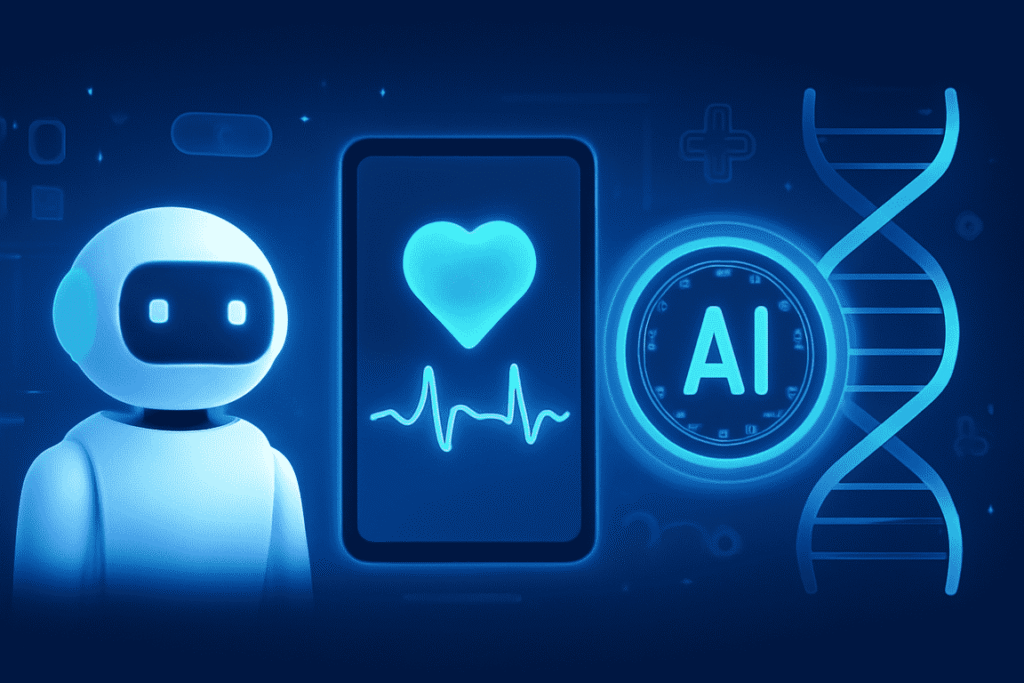What Is 3D Bioprinting? Understanding the Basics
3D bioprinting is a revolutionary process where living cells, biomaterials, and growth factors—collectively known as bio-inks—are printed layer by layer to create living tissues and organs. Unlike traditional 3D printing that uses plastics or metal, 3D bioprinting uses fragile cells structured into complex architectures that mimic real biological tissues. The goal? To recreate the body’s natural environment and function.
How Does 3D BioPrinting Work?
- Design & Imaging: The process starts with medical imaging such as MRI or CT scans to create a precise digital blueprint of the target tissue or organ.
- Bioink Preparation: Scientists prepare a bioink combining living cells (stem cells or patient-derived cells) with biomaterials like collagen, gelatin, or alginate.
- Printing: During printing, these bioinks are deposited with pinpoint accuracy using extrusion, inkjet, or laser-assisted bioprinting methods.
- Maturation: The printed construct matures under lab conditions, allowing cells to grow, multiply, and generate extracellular matrix for tissue stability.
3d Bioprinting Techniques
- Extrusion-based bioprinting: Ideal for creating tissues with high cell densities and complex geometries.
- Inkjet bioprinting: Enables precise cell placement, lower viscosity bioink use, and the development of micro-tissues.
- Laser-assisted bioprinting: Provides high resolution for delicate tissue structures like skin or cornea.
- Stereolithography-based bioprinting: Delivers the highest resolution for intricate organ structures.
See It in Action: How 3D Bioprinting Works
Innovations in Tissue Engineering
Vascularization Breakthroughs
Bioprinting vascularized tissues—such as skin, liver, and muscle—has advanced tremendously, enabling the creation of constructs that sustain cell viability and mimic natural blood flow. Multivascular and perfusable networks ensure oxygen and nutrient delivery, addressing a major barrier in tissue engineering.
Breakthroughs That Are Changing Lives
The science of 3D bioprinting is rapidly moving from experimental labs to practical medical applications. Some remarkable achievements include:
- Bioprinted Skin Grafts: Burn victims receive wounds treated with bioprinted skin that integrates well and heals faster than traditional grafts. In clinical trials, these grafts reduce infection risks and improve cosmetic outcomes.
- Cartilage and Bone Repair: Custom-made cartilage implants for joints and facial bones, perfectly matching a patient’s anatomy, have been successfully implanted, restoring function and appearance.
- Bladder Reconstruction: One of the earliest and most successful transplantations involved a 3D-printed bladder, which has demonstrated long-term durability in patients.
- Heart Tissue and Blood Vessels: Scientists have bioprinted small patches of beating heart tissue, offering hope for future full heart organs printable for transplants.
The Human Story: How Bioprinting Changes Lives
Beyond medical jargon, 3D bioprinting touches deeply human stories. Imagine a child born without a fully developed ear—using bioprinting, doctors can create a customized ear that perfectly matches their body, boosting appearance and self-esteem. Soldiers with deep burn injuries are offered lifesaving skin grafts tailored precisely to their wounds. Each successful transplant means families reunited, lives saved, and hope renewed.
In-Situ Bioprinting: Printing Inside the Body
Traditionally, bio-printed tissues were fabricated outside the body and then implanted through surgery. However, in situ bioprinting changes everything—forging tissues or organs directly inside the living body, right at the point of need.
What Is In-Situ Bioprinting?
In situ bioprinting uses handheld tools or robotic devices (such as F3DB) to deposit bioinks onto or into damaged tissues in real time, guided by medical imaging and computer-aided models. These flexible robots can access deep organs like the colon or heart via small incisions or natural openings. By printing new, natural tissue at the actual injury site, they enhance healing, minimize complications, and ensure a perfect fit for even the most complex wounds.
Medical Advantages
- Immediate, patient-specific tissue repair, reducing wait time and surgery invasiveness
- Enhanced scaffold integration and adhesion due to real-time matching of defect shape
- Lower risk of infection, blood loss, and graft rejection
- The body acts as a natural bioreactor, optimizing tissue development and reducing contamination
Innovations: Flexible Robotic Bioprinter
This flexible robotic bioprinter features a highly maneuverable print head that can bend, twist, and operate within confined spaces. It supports endoscopic surgery, multilayered biomaterial delivery, and can even remove tumors. Controls are managed by advanced kinematic models and AI-based systems for precision. In preclinical demonstrations, F3DB performed successful in situ printing on organ phantoms and live porcine tissue.
Challenges Still Ahead: The Road Is Long but Promising
Despite these impressive advances, several significant hurdles remain before widespread clinical use:
| Key Challenge | Explanation |
|---|---|
| Vascularization | Printing tiny blood vessels is mandatory for organ survival. |
| Cell Viability | Maintaining cell function during and after printing is tough. |
| Functional Complexity | Organs like the heart and kidney need complex structures. |
| Regulation & Ethics | Approval pathways remain slow and ethical concerns persist. |
| Cost | Current bioprinters and materials are expensive. |
Innovations continue to address these, with researchers focusing on improved bioinks, printing resolution, and tissue maturation methods.
The Future of 3D Bioprinting: Personalized Medicine and Organ Transplants
Looking forward, the future is exhilarating:
- Custom Organ Printing: Patients’ own cells will be used to print organs that perfectly fit their body and immunity.
- On-Demand Transplants: Organ banks may be replaced by bioprinters capable of producing transplant-ready organs at hospitals.
- Smart Tissues: Integration of sensors to monitor organ health in real-time.
- Drug Testing Revolution: Bio-printed organ models will enable faster, safer drug discovery personalized to patients.
Conclusion: Printing Life, One Cell at a Time
3D bioprinting is not just a technology; it’s a beacon of hope that may redefine human health and longevity. The ability to create living, functional tissues and organs tailored to individual patients promises to alleviate organ shortages and open new horizons in medicine. While challenges remain, each scientific breakthrough inches closer to a future where the phrase “waiting for an organ” is history.
Further Reading:
ScienceDirecect: https://www.sciencedirect.com/science/article/pii/S2667325825003048
Frontiers in Bioengineering and Biotechnology: https://www.frontiersin.org/articles/10.3389/fbioe.2022.940896/full
Cellink: https://www.cellink.com/blog/3d-printed-organs/
Frequently asked questions
Is it possible to 3D bio-print highly complex structures like a complete hand, or even more intricate organs with nerves, functional blood vessels, and multiple tissue types?
Most resources discuss bones, cartilage, skin, and simple organoids, but the printing and integration of large, multi-tissue systems (e.g., hands, pancreas, entire limbs) with core nervous and vascular functionality is not fully addressed. Although attempts are being made to incorporate blood vessels in Heart. Refer Vascularization Breakthroughs section in this article.
Can 3D-bioprinted organs actually reverse age-related decline, or will underlying aging processes still limit their long-term success?
While forums speculate about replacing aging organs to extend lifespan, details on how bioprinting interacts with cellular aging, disease processes, and whole-body degeneration remain unclear.
What are the anticipated methods and prospects for bioprinting brain tissue or repairing specific brain regions, especially for neurodegenerative conditions or stroke?
Most literature covers skin, liver, and heart but repairing or replacing functional nervous tissue (e.g., printing working brain regions or spinal cord connections) is mostly speculative and lacks practical answers.
Is it likely that immune rejection can always be avoided using bio-printed organs, or are there hidden immunological challenges even with autologous cells?
Current answers promise reduced rejection when using a patient’s own cells, but complications related to cell senescence, mutations, or incomplete immune matching are not well explained.
Can bioprinting be reliably used for chronic disease management—e.g., recurring cancer surgery/reconstruction, diabetes organ support, or autoimmune conditions—or is it limited to acute injury repair?
Most articles focus on trauma and transplantation, but long-term disease management applications are a major gap.

